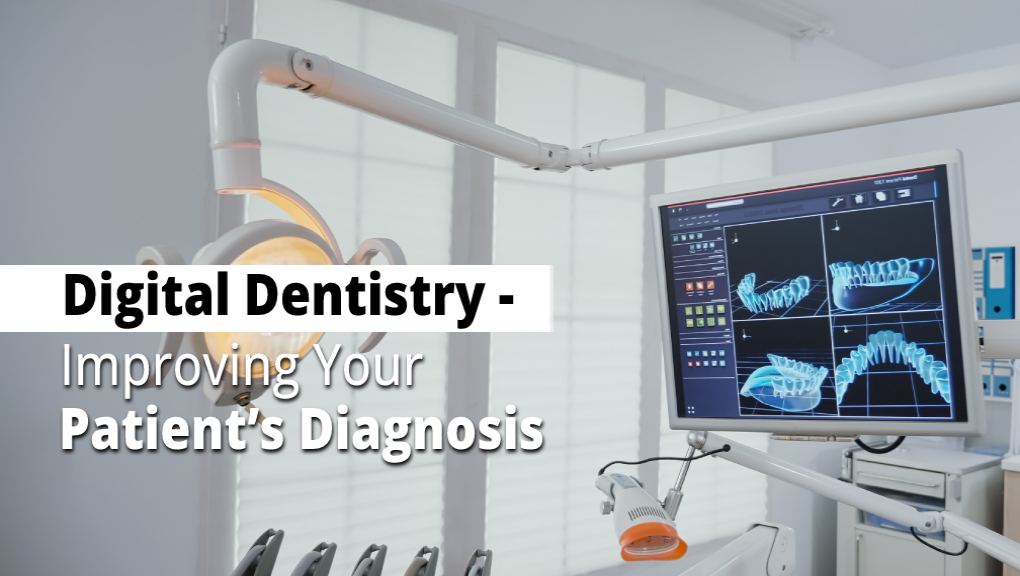
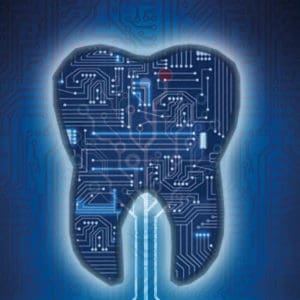
Diagnose dental issues through innovation –
Digital Dentistry With patient’s goals of keeping their natural teeth, is it our duty as dental professionals to provide the best care possible. Besides of some patient’s lack of flossing and brushing, their oral healthcare is reliant on your exams. Diagnosing patients oral conditions are based around 2 items; Visual Inspections and Dental X-rays which both have received innovation over the years.
VISUAL INSPECTION/INTRAORAL CAMERAS
Although loupes have been around for years, innovation struck with intraoral cameras. Intraoral cameras allow dentists to view all surfaces of the tooth including the rear molars with relative ease. Before you go and buy an intraoral camera, you should know they have a few options; wired/wireless, USB/S-video/built-in monitor, and auto-focus/manual-focus.
There are many manufacturers of intraoral cameras, but with computerized dental offices the first questions are always “Does X camera work with Y software?” followed by “How much does this cost?”. While these are important questions, doctors usually fail to ask how the unit focuses.
Almost every intraoral camera sold through authorized and trusted distributors will work with your dental system. The ones to watch out for usually have issues connecting to your Practice Management Software (PMS) and run off their own imaging software. If you have concerns to whether or not your camera will work with your software, contact your distributor or contact DentalAssets.com. We are happy to discuss compatibility.
Most intraoral cameras are equipped with autofocusing lenses which may require you to have a steady hand to move towards or away from a tooth. These cameras are more affordable, but are finicky in focusing on decay.
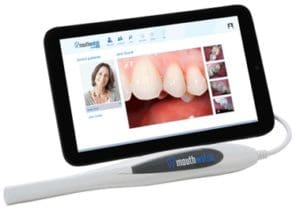
Alternatively you can avoid this issue with purchasing an intraoral camera with manual focuses. Intraoral cameras with manual focuses allow you to take both intraoral and maxillofacial photos. These photos allow your office to take photos for the patient’s Electronic health records (EHRs) and allow you to manually focus on specific pockets. You do not have to wait for the camera to autofocus or have the awkward forward/backward movement to focus on the tooth.
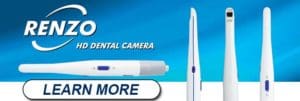

The Dentist’s Code and other benefits0
Being a provider of healthcare, many times dentists forget to take care of themselves. Utilize better posture and avoid the need to lean and look into a patients mouth. Intra oral cameras also allow the patients to see exactly what you are seeing and sell treatment cases much easier. Insurance companies also prefer to see intraoral photos to approve treatment plans and payments.
X-RAY
While we have discussed innovation in visual inspections, are there innovations with dental x-rays? YES. Digital x-ray sensors have made consumable x-ray film a thing of the past, but great care must be taken when pairing x-ray sensors with x-ray heads.
TRADITIONAL X-RAYS (AC X-ray Heads)
X-ray head have been upgraded with relative quietness. Film based x-rays traditionally use alternating current (AC). AC x-rays heads are used with film based systems and were able to provide decent image quality. There are other factors that come into play such as the type of film used, the speed of the film, but generally speaking AC x-ray head units work well with film. Why? AC x-ray heads are based on alternating current technology. They are cheaper to produce, but do not provide a direct current (DC).
Why does this matter?
An AC energy wave cycles back and forth. This means the energy cycle (at 60hz) changes directions 120 times a second.

Traditional AC units only provide x-rays for half the exposure time. This was acceptable for film based x-rays systems, but when using digital sensors can cause image quality issues.


But my office uses digital sensors and I have an AC x-ray unit head! If your happy with the image quality you currently have, great! If your looking for less “graininess” in your dental x-rays we recommend increasing the exposure time. The increase in exposure time increases the radiation emitting and should improve image quality. Every digital sensor requires a different amount of radiation.
Innovation of x-rays – DC X-ray Heads The new x-ray units use Direct Current (DC). These x-rays do not have any change in direction or intensity in energy and are able to create smoother and higher quality x-ray images.
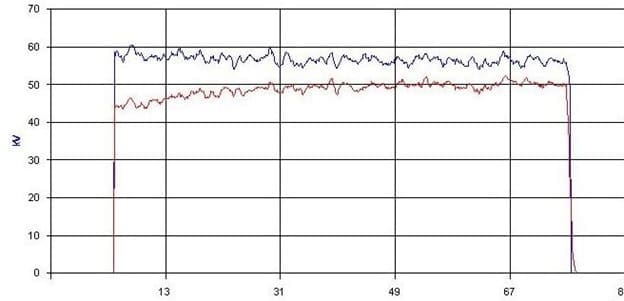 What this means for your office is a higher quality x-ray image with reduced x-ray exposure! Other benefits are health benefits for patients due to less radiation exposure. In regards to image quality, DC x-ray units are more adjustable so you can fine tune your x-ray images before relying on the software to change contrast and other settings. The only downside to DC x-ray units are the cost. Due to being a new technology and requiring higher grades in parts, the DC units are more expensive to purchase, but in my opinion is worth the additional cost. We are happy to discuss which options work best for your office and can be reached by calling our office at 949-548-4559 or by emailing [email protected].
What this means for your office is a higher quality x-ray image with reduced x-ray exposure! Other benefits are health benefits for patients due to less radiation exposure. In regards to image quality, DC x-ray units are more adjustable so you can fine tune your x-ray images before relying on the software to change contrast and other settings. The only downside to DC x-ray units are the cost. Due to being a new technology and requiring higher grades in parts, the DC units are more expensive to purchase, but in my opinion is worth the additional cost. We are happy to discuss which options work best for your office and can be reached by calling our office at 949-548-4559 or by emailing [email protected].
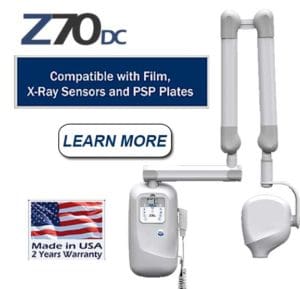
OTHER DENTISTRY INNOVATIONS
While we only discussed the improvments in diagnosis, there have been many advancements in treatments. From 3D scanners, 3D CBCTs, and 3D Printers, we have new manufacturers signing up to assist

17821 E 17th St
Ste 180
Tustin, CA 92780
*Opt-in / Opt-out
**Customers provide their phone number and consent to receive messages via a form on our website